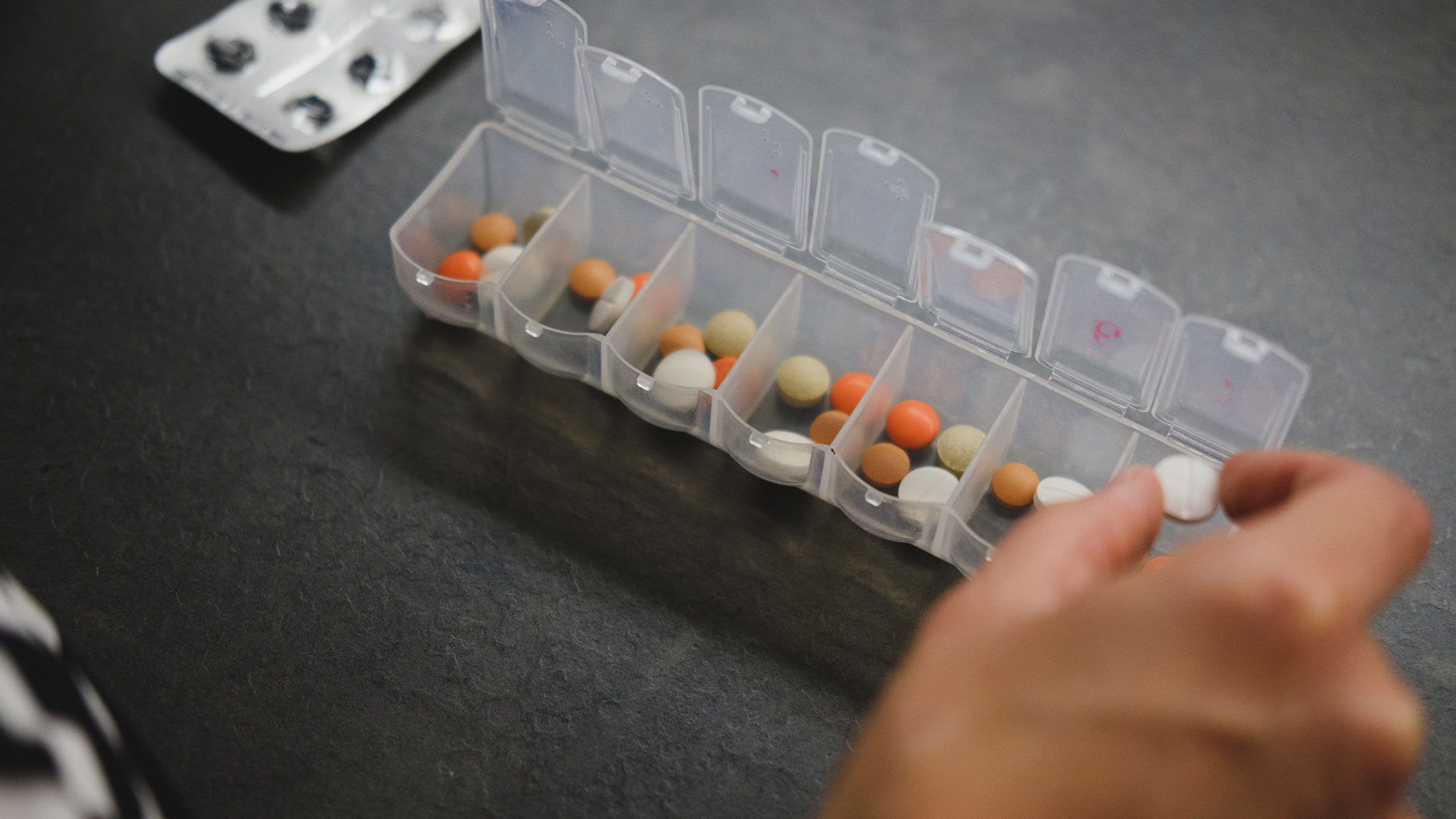
On September 13, the FDA announced that it had learned that the heartburn medication known as Zantac contained an impurity. At the time, the FDA advised patients that the medication was safe and the benefits of the drug outweighed the risks. Since then, a number of manufacturers and sellers have voluntarily pulled the drug back from the market. While the possible risks are known, the actual harm is not yet known. Nonetheless, plaintiffs have already begun filing lawsuits against the drug manufacturers. There is a possibility of more lawsuits on the way, but more information still needs to materialize regarding the side effects from the presence of the contaminant.
Zantac is the brand name for a drug called Ranitidine. This is a histamine blocking drug that reduces acid levels in the stomach. It is used to treat heartburn and acid reflux. Zantac is one of the highest-selling drugs in history and was one of the first pharmaceuticals to reach $1 billion in annual sales.
Ranitidine is one form of histamine blockers. There are several companies that manufacture Zantac such as Sanofi and Glaxo Smith Kline. Other competing products that use different mechanisms to treat heartburn include Pepcid and Tagamet.
The issue with Zantac is similar to that encountered with many different medications that are manufactured in China and India. Specifically, a substance called N-nitrosodimethylamine was found in some amount in some random samples of Zantac. This is a natural substance and is not necessarily dangerous, but beyond certain levels, it can be a carcinogen. NDMA can be found in water, meat and vegetables. It has been associated with colorectal cancer and can cause liver damage.
NDMA has also been found in another drug called Valsartan. This has led to numerous recalls initiated by many different manufacturers of the drug and multiple potential lawsuits against these companies. In the case of Valsartan, this particular impurity resulted in a problem in the manufacturing process that tainted these drugs.
For Zantac, it is not yet known how the NDMA made its way into the drug. One theory is that the medication is unstable and broke down on its own. This then caused NDMA to form naturally. In the meantime, the drug must be taken off of the market until the root cause of the contamination is found. Alternatively, the cause of the NDMA can be the same as Valsartan where a lack of quality control can cause contaminants to seep into the medication.
Here, the impacts of the NDMA levels in Zantac are not yet known. The levels of NDMA in these medications are not extremely high, but the impacts are still unclear. In the wake of the Valsartan mass recall, makers and sellers of Zantac are acting in an abundance of caution in pulling the drug from the shelf quickly.
When it announced its findings, the FDA did not recommend that patients stop taking Zantac. Nonetheless, many people have elected to be careful and have temporarily ceased to take the drug. Still, the testing results that the FDA released showed “unacceptably high” levels of NDMA in Ranitidine.
In general, while NDMA is a carcinogen, it takes a higher level of exposure to cause cancer in a patient. With Valsartan, the level of NDMA that was contaminating the medication was estimated to cause an additional case of cancer for every 8,000 patients. Still, given the number of people who took the drug, there is the possibility of many lawsuits.
Zantac is also a widely taken drug. Pharmacies will fill over 15 million prescriptions for Zantac each year. Even if there are not many problems resulting from the NDMA contamination, there is still the possibility of lawsuits due to how widespread the use of Zantac is. At the very minimum, this news will cause a significant reduction of sales and millions of people will be forced to find a new medication. Other heartburn medications such as Pepcid have not been found to contain NDMA so they have been able to remain on the market. In other words, at this point, the problem remains limited to Ranitidine.
The FDA first made the announcement of the impurities of September 13. After the announcement was made, numerous makers and sellers of Ranitidine have initiated voluntary recalls of the product. Although the dangers are not known, after the Valsartan lawsuits, drugmakers and sellers are exercising caution.
The FDA only recently made its announcement about Zantac so it is not yet known whether the maker of the drug will be facing large-scale litigation or just smaller legal issues. This may depend on testing of the drugs to find out how much contaminant is contained in the product. There is a possibility that there can be an avalanche of lawsuits given the sheer number of people who have taken the drug, although there will need to be a harm alleged.
Right now, there are a small handful of lawsuits, but the number may grow in the coming months. These lawsuits have alleged that the maker of Zantac knew that the drug could contain NDMA, but failed to disclose the risk. The plaintiffs in the cases that have been filed have various types of cancer, but they will still have to show that Zantac was unreasonably dangerous. The cases are also seeking punitive damages against the makers of the drug since it is alleged that they knew of the possibility of NDMA in their drug but did not alert the public or otherwise do anything about it.
In the meantime, if you have taken Zantac or any other drug in its class and wish to discuss your legal options, contact the lawyers at The Law Offices of Sadaka Associates.
Learn more about Drug Recalls.
